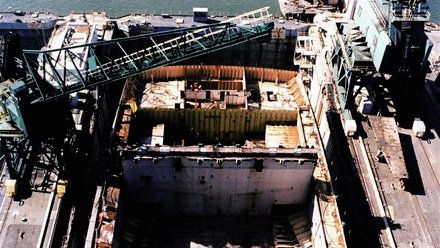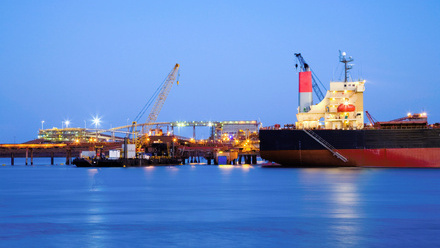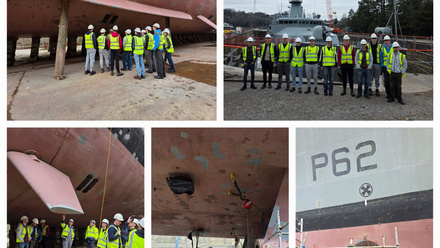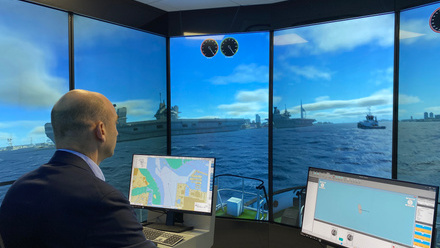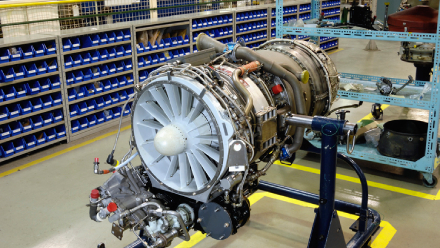The new app promising to revolutionise marine surveying
Meet mir, the innovative app redefining vessel condition assessment as technology is used to advance ship safety.
Pioneering a new era in marine inspection, survey application mir aims to facilitate remote vessel condition assessments. Harnessing the power of computer vision technology, mir plans to merge user-captured images with historical vessel data to generate expert maintenance recommendations while promptly identifying critical risks that could impact vessel operations, sales, insurance, and the safety of passengers and crew.
The mir app challenges the conventional reliance on in-person surveys, which is increasingly unsustainable, say the app’s developers. mir will, they say, “Create a new standard for marine surveying.”
mir – short for marine inspection by remote - was founded in 2020 as a technology development branch of Navalmartin, a naval architecture and marine consultancy firm founded in 2012.
Daria Cabai, naval architect, chartered engineer and CEO at Navalmartin, describes mir as “a tool to surveyors” that has the potential to “revolutionise overall vessel design, operation, maintenance and risk management”.
Initially, mir focused on small crafts because of the greater access to the necessary data to create machine learning driven applications. “These types of vessels have the most pressing industry needs at the moment,” Cabai says. “We are dealing with an ageing fleet: there are nearly 30 million boats in the sector of less than 24 metres and many of those vessels are reaching the end of their product life. This is compounded by the acute shortage of surveyors.”
In the aftermath of hurricanes Irma and Maria, Navalmartin provided casualty response services for nearly 1,000 vessels for the insurance market.
“Very quickly it became apparent to us that there is an acute shortage of surveyors, which is exacerbated in remote locations. There is also an issue of mobility of surveyors and associated costs. So, we came up with a technology solution and that was accelerated by the pandemic,” explains Daria.
Navalmartin’s mir solution utilises computer vision, which allows the developers to digitise risk and automate surveying processes. Daria expands: “If we manage to decouple travelling from the surveying process, we will be able to significantly cut costs. We will be able to reduce lead times for the issue of the report, which can be old news [by the time is it published] under the current model that is being used. This will allow us to have a greater number of surveys that will be more accessible; we will have a better risk model, better assessment of the risk model, and hence we will be able to provide predictive maintenance.”
Navalmartin has just finished a 12-month, £500,000 research project which allowed it to purpose build and patent machine learning (ML) models. The result has been a Minimum Viable Product (MVP) which will be released to the market.
“Now, we want subscribers and we want data as this will allow us to deploy the machine learning models that we have been developing,” Cabai says.
Explaining mir in more detail, Cabai says that the initial steps were to establish the infrastructure and the architecture, and design a data lake and a robust data pipeline. “We have developed defect detection, machine learning models and currently we can allow for detection of corrosion, contamination and cracks. We have relied on our database but in places where we were short of data, we use available techniques to accelerate the machine learning process and training.”
An official release with the ML models deployed is scheduled for Q3 of 2024. “It’s a very exciting time and we're bracing for the significant growth,” Cabai exudes. “We will need ships - we have that already - and we will need surveyors. So, we will need to expand our network of surveyors that we can rely on. We are also looking for pilot subscribers and partners to come along with us on this exciting path.”
mir’s goal is to have one in three of the 10,000 surveys Navalmartin typically performs each year completed remotely.
Main image: Inspection of a vessel mooring in port terminal; credit: Shutterstock

